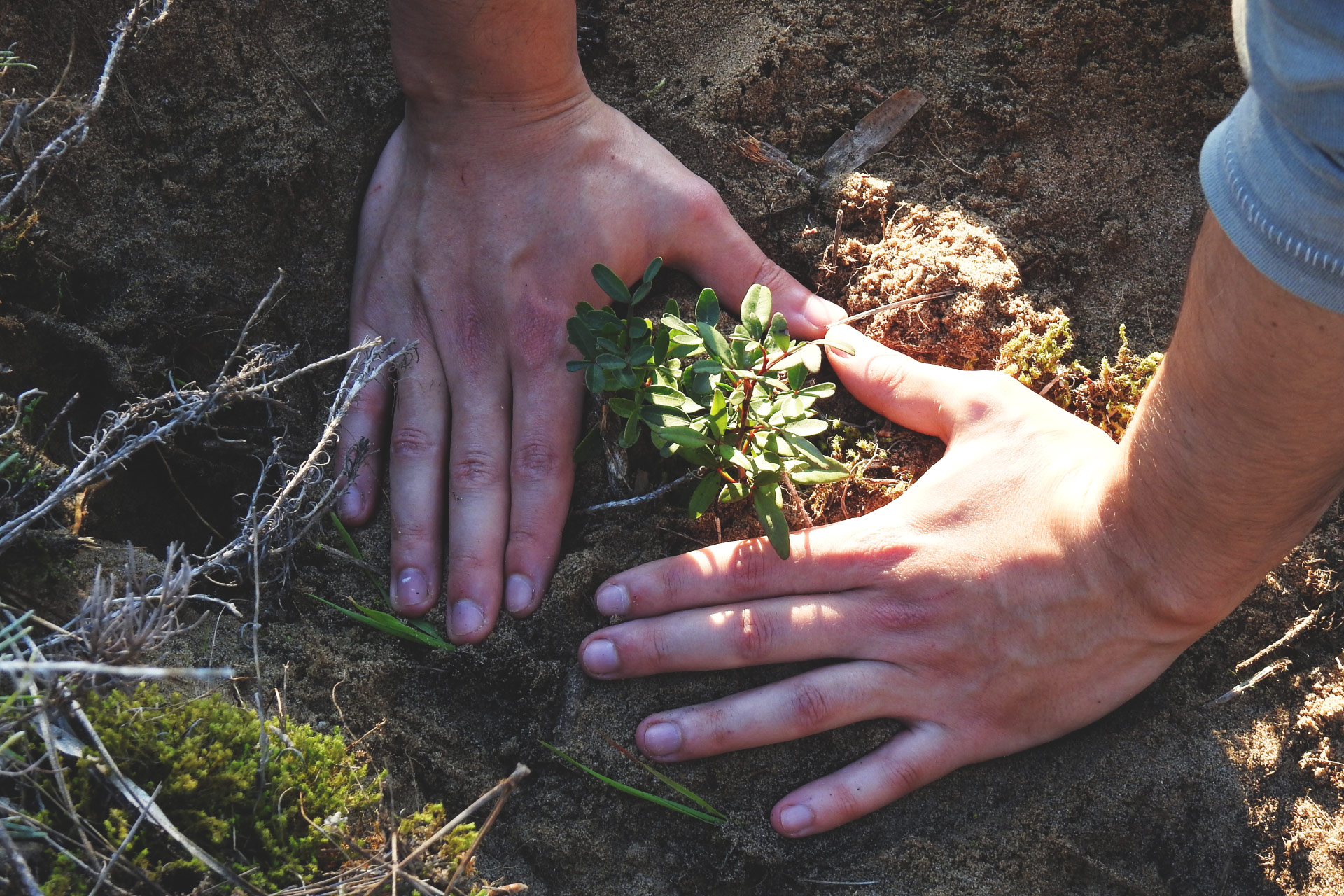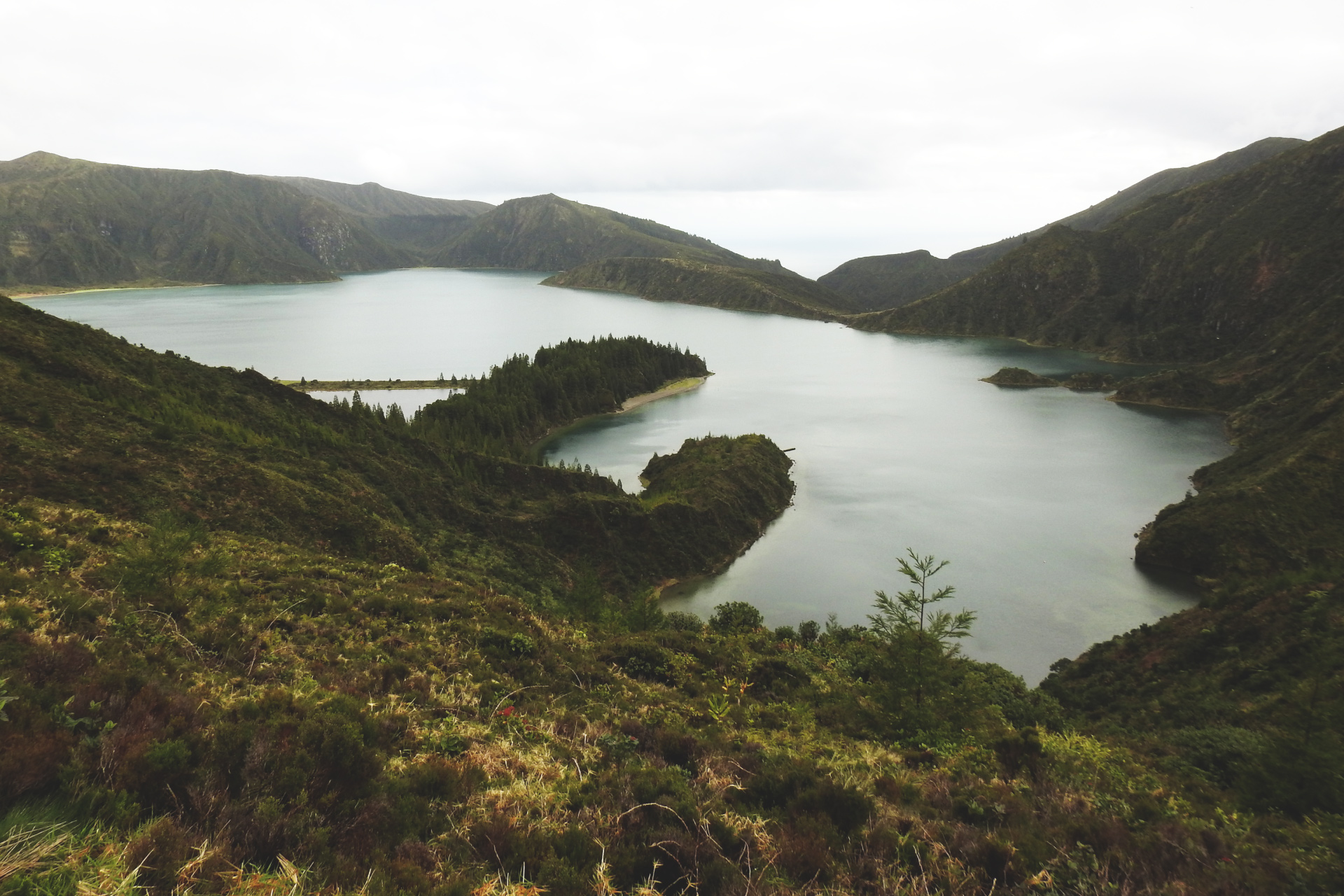OKEANOS_OO1:
EXPEDITION TO THE SHORES OF INGRINA, VILA DO BISPO
| September 22, 2020
#Science #Biology #Geology #Okeanos #Ingrina
The first Okeanos expedition in its 2020/21 season took us to the south coast of Vila do Bispo — Portugal — and to the small inlet of Ingrina. This is a testimony of the marine ecology present in these shores, here revealed by our team through a photographic record.
AN EXPERIMENTAL
DIVE DAY
This was the first expedition to be completed in the current season of the Okeanos (2020/21), parallel to the expeditions in Burgau and Luz, also carried out in the west region of the Algarve. The field activity took place on a single date — August 10 — and allowed us to test the application of the project in this new study site.
The dive lasted about an hour and a half and took us to explore the eastern promontory, as well as part of the other bank of the inlet. Low sea agitation and mild water temperature — set at around 20ºC — facilitated the task, providing good visibility in the water column and prolonged comfort for the team.
Shortly after entering the ocean, Ingrina’s underwater landscape revealed itself in all its colour and depth. Fragmented rock structures — punctuated by the presence of marine flora — were teeming with animal life. At the intertidal boundary, benthic species merge with the arrival of other organisms at the rising tide.
LATEST
ARTICLES
OKEANOS_OO1:
EXPEDITION TO THE SHORES OF INGRINA, VILA DO BISPO
| September 22, 2020
#Science #Biology #Geology #Okeanos #Ingrina
The first Okeanos expedition in its 2020/21 season took us to the south coast of Vila do Bispo — Portugal — and to the small inlet of Ingrina. This is a testimony of the marine ecology present in these shores, here revealed by our team through a photographic record.
THE INLET
OF INGRINA
Located in the bay that stretches from Zavial to Praia do Barranco, Ingrina takes the shape of a rocky inlet, carved between two limestone promontories and crowned by a small sandy beach. The eastern shore — characterised by greater elevation and uneven terrain — contrasts with the limestone pavement that extends to the west, in the direction of Sagres.
| 37° 2’47.03″N — 8°52’44.56″W
Portugal > Faro > Vila do Bispo > Raposeira
AN EXPERIMENTAL
DIVE DAY
This was the first expedition to be completed in the current season of the Okeanos (2020/21), parallel to the expeditions in Burgau and Luz, also carried out in the west region of the Algarve. The field activity took place on a single date — August 10 — and allowed us to test the application of the project in this new study site.
The dive lasted about an hour and a half and took us to explore the eastern promontory, as well as part of the other bank of the inlet. Low sea agitation and mild water temperature — set at around 20ºC — facilitated the task, providing good visibility in the water column and prolonged comfort for the team.
Shortly after entering the ocean, Ingrina’s underwater landscape revealed itself in all its colour and depth. Fragmented rock structures — punctuated by the presence of marine flora — were teeming with animal life. At the intertidal boundary, benthic species merge with the arrival of other organisms at the rising tide.
A PERSISTENT
GATHERING
A common presence in the flooded parts of the intertidal zone, a school of juvenile sargos (Diplodus sargus) converges over the rocks, feeding on small crustaceans, molluscs, and algae. Adult individuals also explore this space, becoming more conspicuous afar from the coast.
Depth: -0.3m | Temperature: 19.8ºC | Pressure: 1,048 hPa
UNDER
WATCHFULL EYES
Motionless on the rocky bottom of Ingrina, a rock goby (Gobius paganellus) uses the camouflage pattern of its scales to conceal its silhouette. Our passage does not go unnoticed though, and a closer approach results in an energetic escape, consequence of the rapid motion of its caudal fin.
Depth: -1.5m | Temperature: 19.4ºC | Pressure: 1,172 hPa
A LABYRINT
OF ROCKS
Intermittently submerged, large sections of limestone outcrop in Ingrina’s intertidal interface. The erosive action of the sea, wind and rain, creates the perfect surface for the congregation of sessile and mobile organisms, such as the different species of limpet that are attached to the rocky substrate.
Depth: -0.1m | Temperature: 19.4ºC | Pressure: 1,021 hPa
CLOSE
CONFRONTATION
Extremely territorial, a tompot blenny (Parablennius gattorugine) advances towards us, confronting the camera with the intention of defending its territory from any intruder. The proximity allows us to observe its intricate colouration as well as the branched appendages on display above its eyes.
Depth: -0.5m | Temperature: 20.6ºC | Pressure: 1,061 hPa
SERENE NURSING
GROUNDS
Composed of a mixture of rocky and sandy bottoms, often consisting in crevices and concavities, Ingrina’s underwater landscape stands as a perfect place for the growth of several species. The shallow waters, and a constant nutrient flow, attract juvenile specimens to the shore.
Depth: -0.8m | Temperature: 20.1ºC | Pressure: 1,146 hPa
TRACES OF
NEGLECT
Human presence is easily detectable in Ingrina, inside and above the water column. Clear impacts, such as the disposal of garbage into the ocean, become visible during the dive and in unpredictable situations — such as these pipes, which are quickly assimilated by barnacles and other organisms.
Depth: -0.3m | Temperature: 20.6ºC | Pressure: 1,045 hPa
FIRST
CONCLUSIONS
Ingrina illustrates an interesting example of Algarve’s coastal ecology. Its indented geomorphology, largely resulting from its karst, sedimentary lithology, serves as a good point of comparison with the two other study sites in the region. Conservationwise, this inlet raises some questions, largely fuelled by excessive tourism, recreational activities and spearfishing, something we intend to capture in greater depth during future expeditions.
The Okeanos team plans to return to Ingrina in the next semester, with the mission of exploring a larger littoral area. Learn more about the project and the current season goals at: www.kosmonaus.org/pt/okeanos




